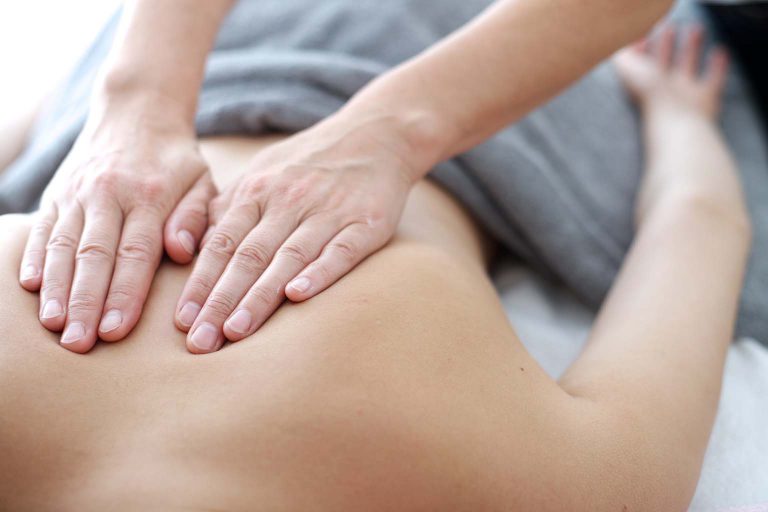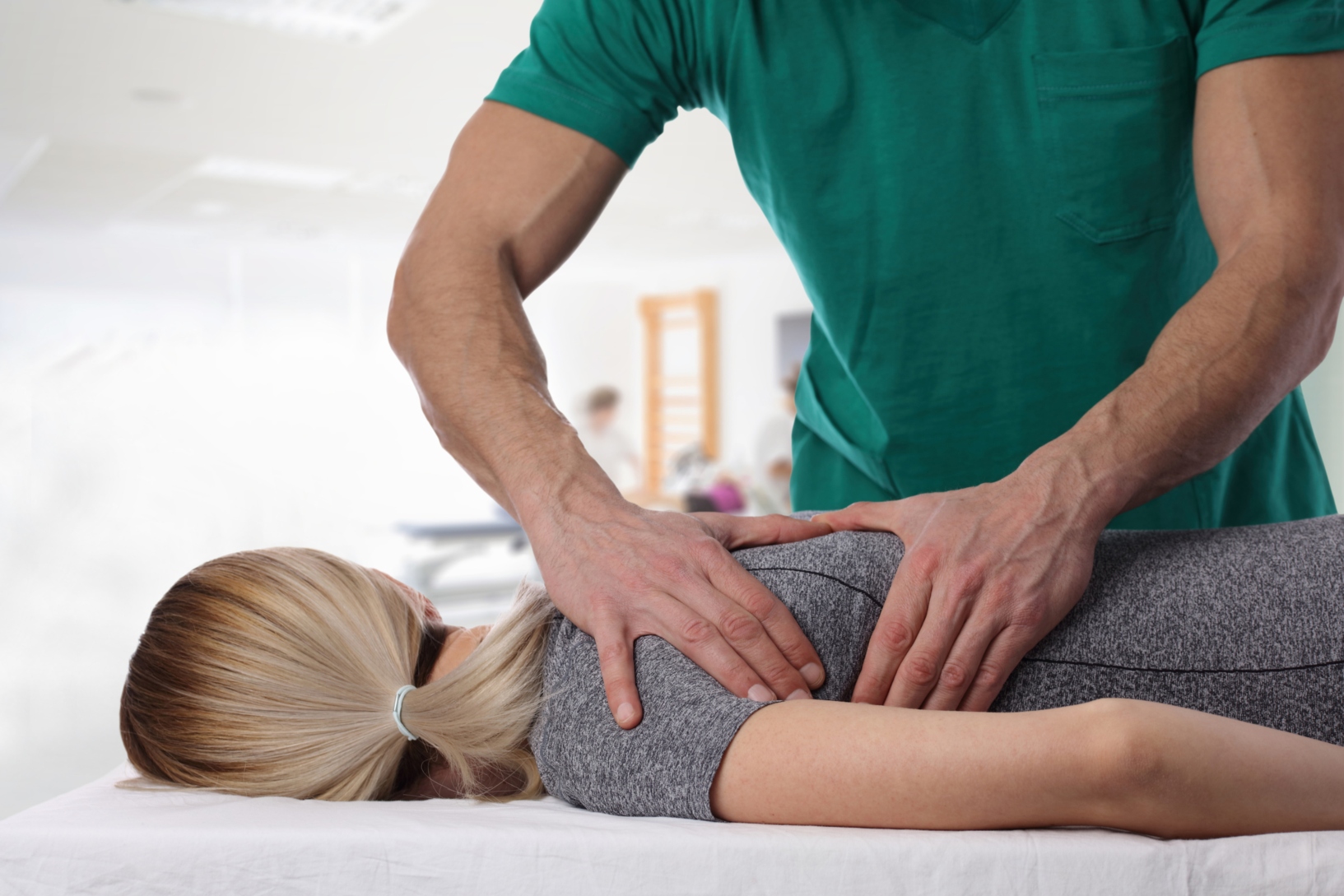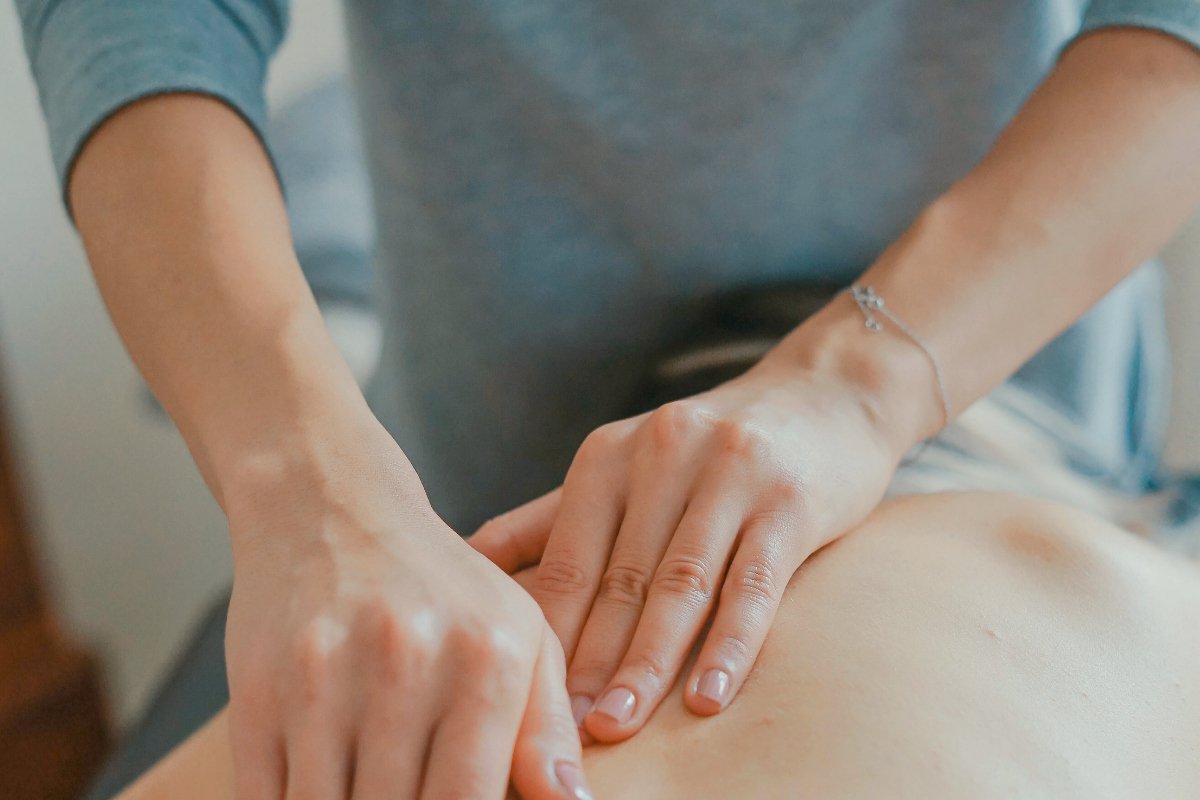A well trained and experienced remedial massage therapist will be able to treat any number of aches, pains and ailments that affect the body’s muscles and tendons. By using a mixture of therapeutic treatment together with physical massage, is it possible to repair damaged muscles, relieve mental and physical stress, and to help the body recover from injury, strains and in extreme cases, immobility. If this sounds like you, and you are looking for help, Brisbane remedial massage specialists are able to both locate and treat damaged parts of the body to support and promote the body’s own ability to heal these problems.

Remedial massage differs from regular massage by employing ‘deep tissue’ techniques, which rather than sooth and relax the muscles, are used to target things like knotted tendon fibres, connective tissue and muscle fascia. Focus upon the damaged areas helps to release and free-up tendons which have been pulled or damaged. The massage process can, perhaps not surprisingly, be painful to some, and an experienced masseuse will recognise this and work within the limits of the customer. Their focus it to treat the cause rather than soothing just the symptoms. Repairing the damage without causing too much pain sometimes requires strong technique in order to break down problems, such as clots and fibrous lumps, in order to free up the muscle so that it can perform as intended.
All forms of massage are able to stimulate the release of lactic acid from the body’s muscles and remedial massage is more likely to release more by being a more physical technique. It is therefore always advised that someone who is about to be treated with massage drinks lots of water before, and during their treatment. A well hydrated body will remove lactic acid which has been freed from the muscles and help its removal from the body far more efficiently than one which hasn’t.
There are of course varying forms of remedial massage in different parts of the world. In Thailand, masseuses employ quite distinct techniques to treat their patients. You may have seen various forms of this on the beaches of some of the more popular islands, where the legs, feet, knees and elbows are used to great effect, to promote the stretching and massage.

Specialist remedial massage disciplines are also commonly used to treat quite focussed problems. For example, stress causes muscles to tighten, and when the whole body is stressed, this can limit the brain and spinal cord’s ability to perform at their normal capacity. The goal of craniosacral therapy techniques begins with an analysis and understanding of the extent to which a stresses body is underperforming. Specialist in this discipline employ more gentle techniques to help ease restricted movement in the spinal and craniosacral area. Craniosacral massage is known for its ability to promote the body’s inherent ability to heal itself. As well as a remedial technique, it’s use is becoming increasingly widespread as a preventative measure to help improve the body’s defences, to better fight and resist disease.
Hopefully this article goes some way to explaining how remedial massage can ease and stabilise the body by stimulating the flow of blood, repairing damaged tissue and making us all more mobile. Both a safe and complimentary therapy when performed by a properly trained professional, it is a centuries old form of healthcare that can help virtually everyone when their body starts to experience pain.

